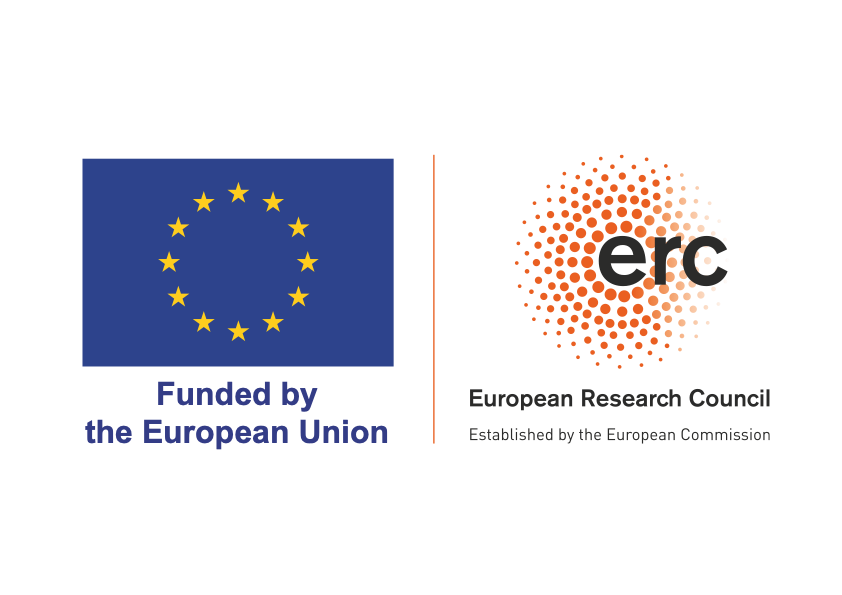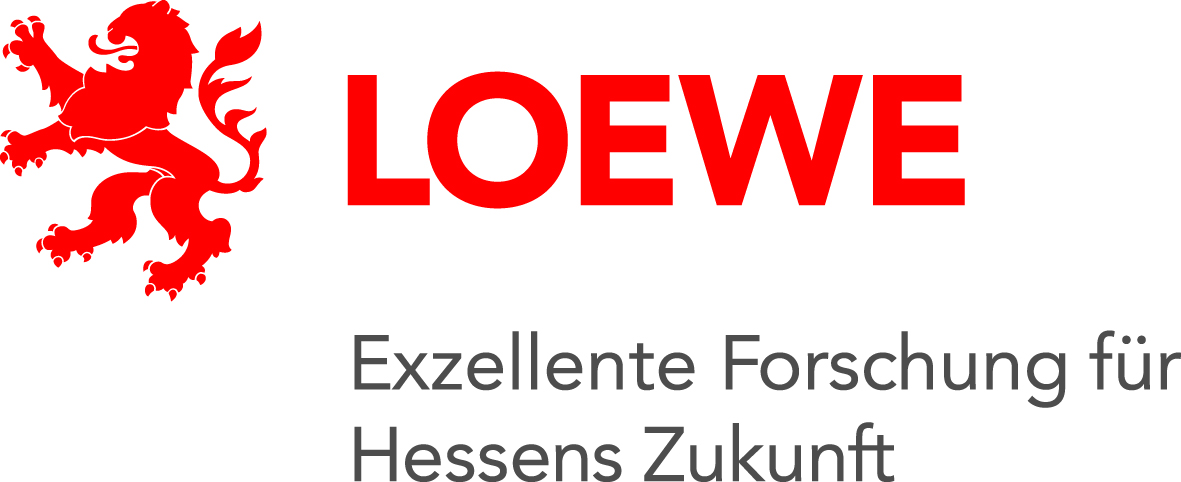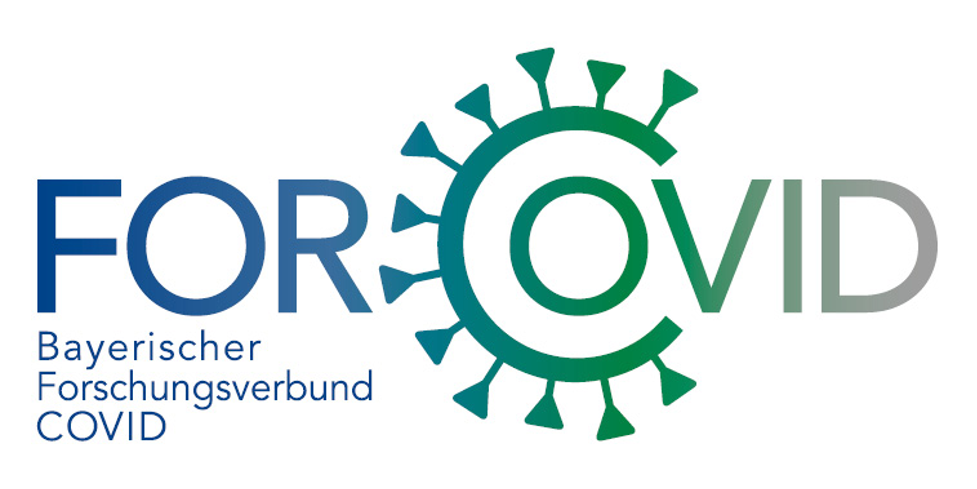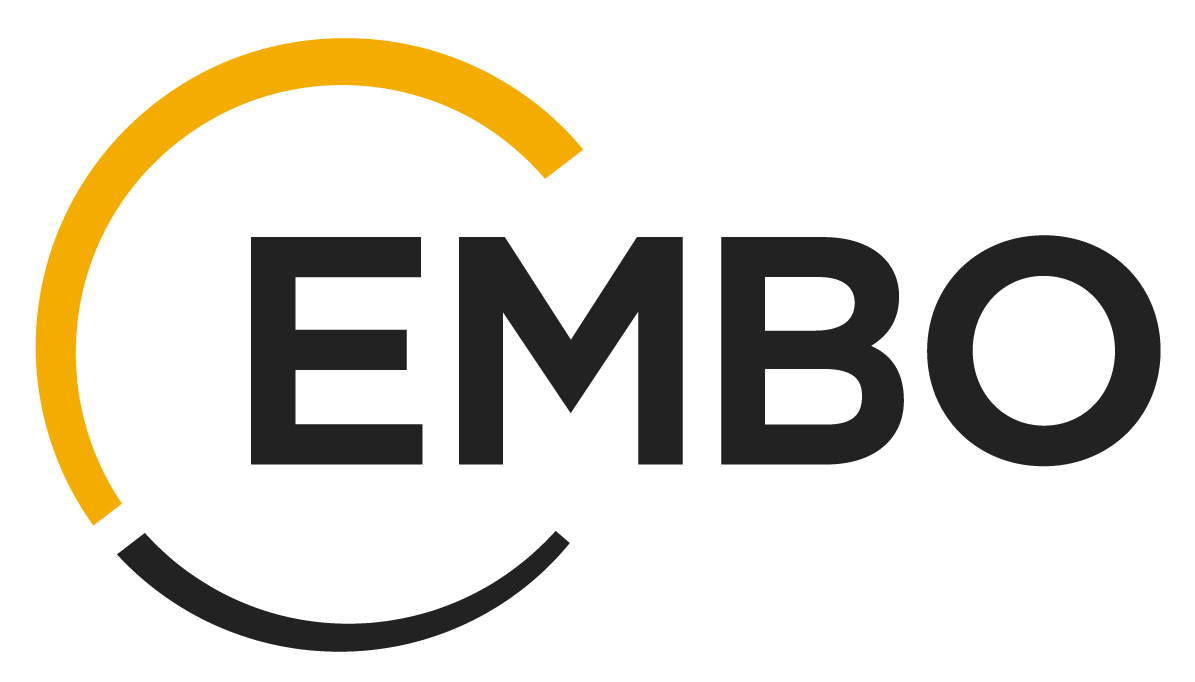Research
Viruses pose a significant threat to human health. Identifying host cell factors that bind and regulate viral RNA during infection is important for understanding how viruses can take over a host cell, subvert host processes and evade innate immune defense mechanisms. Insights into the underlying molecular interactions and mechanisms form the basis for developing the next generation of rationally designed antivirals.
Our lab focuses on human pathogenic RNA viruses and carries out an innovative research program that is primed to transform our understanding of viral RNA, its regulation, and function throughout the infection cycle.
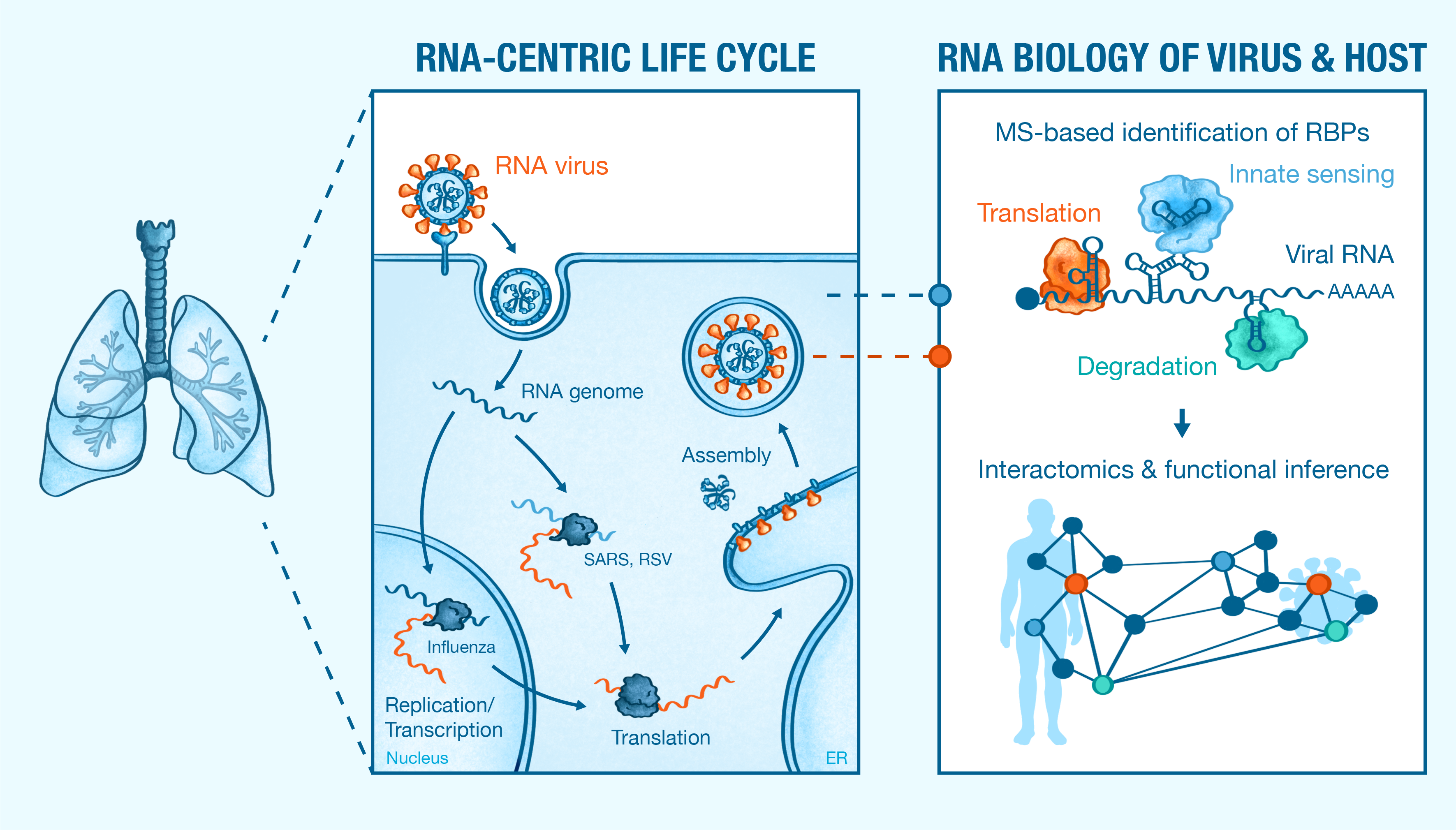
Utilizing breakthrough technologies developed in our lab, such as RAP-MS and SHIFTR, we uncover interaction signatures that detail the functional and regulatory dependencies of any viral RNA molecule of interest. By examining these interaction signatures across various RNA viruses and throughout their infection cycle, we gain critical insights into the viral RNA replication program and its reliance on specific viral and host factors.
Complementing the area of RNA interactomics we leverage advanced functional inference strategies, combining single-cell transcriptomics and live cell imaging techniques with pooled CRISPR screening. By integrating AI and machine learning, these single-cell readouts help us identify pathways and programs relevant to viral infections and devise innovative strategies to interfere with viral replication.
Highlights
How SARS-CoV-2 initiates the transcription and replication of its RNA genome is not fully understood. In a recent publication in the journal Cell, we show that the viral protein NSP9 primes the synthesis of both positive and negative-sense SARS-CoV-2 RNA. Unexpectedly, the host RNA-binding protein SND1 regulates this newly discovered protein-priming mechanism. For additional details, check out our video primer below.
Funding
Research in our lab is generously supported by the following sources and programs:
